|
Sarra Lebedeva
Sarra Dmitrievna Lebedeva (December 11 (23), 1892 – March 7, 1967) was a Soviet sculptor, mainly of portraits, but also of statuettes, figures for porcelain and delft ware. Life Born Sara Darmolatova into a wealthy Saint Petersburg family, Her elder sister was the writer and socialite Anna Radlova. Lebedeva was educated privately in her youth. She studied for a time at the School of the Society of for the Encouragement of the Arts in her native city before entering Mikhail Bernshtein's school in 1910; she became a sculptor two years later, studying with Leonid Sherwood from 1912 until 1914. During this time she also travelled to France, Germany, Austria and Italy, travels which introduced her to the work of the artists of the Italian Renaissance, of whom Donatello was to become a favorite. In 1914 she designed masks and reliefs for the Yusupov Palace while working with the sculptor Vasili Kuznetsov as a pupil and, later, assistant. After this she transitioned mainly to ... [...More Info...] [...Related Items...] OR: [Wikipedia] [Google] [Baidu] |
Soviet Union
The Soviet Union,. officially the Union of Soviet Socialist Republics. (USSR),. was a List of former transcontinental countries#Since 1700, transcontinental country that spanned much of Eurasia from 1922 to 1991. A flagship communist state, it was nominally a Federation, federal union of Republics of the Soviet Union, fifteen national republics; in practice, both Government of the Soviet Union, its government and Economy of the Soviet Union, its economy were highly Soviet-type economic planning, centralized until its final years. It was a one-party state governed by the Communist Party of the Soviet Union, with the city of Moscow serving as its capital as well as that of its largest and most populous republic: the Russian Soviet Federative Socialist Republic, Russian SFSR. Other major cities included Saint Petersburg, Leningrad (Russian SFSR), Kyiv, Kiev (Ukrainian Soviet Socialist Republic, Ukrainian SSR), Minsk (Byelorussian Soviet Socialist Republic, Byelorussian SSR), Tas ... [...More Info...] [...Related Items...] OR: [Wikipedia] [Google] [Baidu] |
Vsevolod Meyerkhold
Vsevolod Emilyevich Meyerhold (russian: Всеволод Эмильевич Мейерхольд, translit=Vsévolod Èmíl'evič Mejerchól'd; born german: Karl Kasimir Theodor Meyerhold; 2 February 1940) was a Russian and Soviet theatre director, actor and theatrical producer. His provocative experiments dealing with physical being and symbolism in an unconventional theatre setting made him one of the seminal forces in modern international theatre. During the Great Purge, Meyerhold was arrested in June 1939. He was tortured, his wife was murdered, and he was executed on 2 February 1940. Life and work Early life Vsevolod Meyerhold was born Karl Kasimir Theodor Meyerhold in Penza on to Russian-German wine manufacturer Friedrich Emil Meyerhold and his Baltic German wife, Alvina Danilovna (). He was the youngest of eight children.Pitches (2003, pg. 4) After completing school in 1895, Meyerhold studied law at Moscow University but never completed his degree. He was ... [...More Info...] [...Related Items...] OR: [Wikipedia] [Google] [Baidu] |
Vera Mukhina
Vera Ignatyevna Mukhina (russian: Ве́ра Игна́тьевна Му́хина; lv, Vera Muhina; french: Vera Moukhina; – 6 October 1953) was a prominent Soviet sculptor and painter. She was nicknamed "the queen of Soviet sculpture". Biography Mukhina was born 1889 in Riga, Russian Empire into a wealthy merchant family, and lived at 23/25 Turgeneva Street, where a memorial plaque has now been placed. Mukhina's ancestors lived in Riga after the Patriotic War of 1812. The family was well-to-do: in 1937 Mukhina inherited 4 million lats from her grandfather. She spent her childhood and youth (1892-1904) in Feodosia where her father took her considering his daughter's health (Vera was two years old when her mother died of tuberculosis). In Feodosia the future artist received her first drawing and painting lessons. She lived there until 1904 when her father died. Mukhina and her older sister Maria were sheltered by uncles and aunts who lived in Kursk, where Mukhina went to hi ... [...More Info...] [...Related Items...] OR: [Wikipedia] [Google] [Baidu] |
Konakovsky Factory
Konakovsky District (russian: Конако́вский райо́н) is an administrative and municipalLaw #4-ZO district ( raion), one of the thirty-six in Tver Oblast, Russia. It is located in the southeast of the oblast and borders with Kimrsky District in the northeast, the town of Dubna, Moscow Oblast, in the east, Dmitrovsky District of Moscow Oblast in the southeast, Klinsky District of Moscow Oblast in the south, Lotoshinsky District of Moscow Oblast in the southwest, and with Kalininsky District in the northwest. The area of the district is . Its administrative center is the town of Konakovo. Population: 87,125 ( 2010 Census); The population of Konakovo accounts for 47.4% of the district's total population. Geography Konakovsky District is located at two banks of the Volga River which in the limits of the district is built as the Ivankovo Reservoir. It is elongated from the southwest to northeast, along the Volga, and the total area of the district belongs to ... [...More Info...] [...Related Items...] OR: [Wikipedia] [Google] [Baidu] |
Venice Biennale
The Venice Biennale (; it, La Biennale di Venezia) is an international cultural exhibition hosted annually in Venice, Italy by the Biennale Foundation. The biennale has been organised every year since 1895, which makes it the oldest of its kind. The main exhibition held in Castello, in the halls of the Arsenale and Biennale Gardens, alternates between art and architecture (hence the name ''biennale''; ''biennial''). The other events hosted by the Foundationspanning theatre, music, and danceare held annually in various parts of Venice, whereas the Venice Film Festival takes place at the Lido. Organization Art Biennale The Art Biennale (La Biennale d'Arte di Venezia), is one of the largest and most important contemporary visual art exhibitions in the world. So-called because it is held biannually (in odd-numbered years), it is the original biennale on which others in the world have been modeled. The exhibition space spans over 7,000 square meters, and artists from ... [...More Info...] [...Related Items...] OR: [Wikipedia] [Google] [Baidu] |
Berlin
Berlin is Capital of Germany, the capital and largest city of Germany, both by area and List of cities in Germany by population, by population. Its more than 3.85 million inhabitants make it the European Union's List of cities in the European Union by population within city limits, most populous city, as measured by population within city limits having gained this status after the United Kingdom's, and thus London's, Brexit, departure from the European Union. Simultaneously, the city is one of the states of Germany, and is the List of German states by area, third smallest state in the country in terms of area. Berlin is surrounded by the state of Brandenburg, and Brandenburg's capital Potsdam is nearby. The urban area of Berlin has a population of over 4.5 million and is therefore the most populous urban area in Germany. The Berlin/Brandenburg Metropolitan Region, Berlin-Brandenburg capital region has around 6.2 million inhabitants and is Germany's second-largest metropolitan reg ... [...More Info...] [...Related Items...] OR: [Wikipedia] [Google] [Baidu] |
Paris
Paris () is the capital and most populous city of France, with an estimated population of 2,165,423 residents in 2019 in an area of more than 105 km² (41 sq mi), making it the 30th most densely populated city in the world in 2020. Since the 17th century, Paris has been one of the world's major centres of finance, diplomacy, commerce, fashion, gastronomy, and science. For its leading role in the arts and sciences, as well as its very early system of street lighting, in the 19th century it became known as "the City of Light". Like London, prior to the Second World War, it was also sometimes called the capital of the world. The City of Paris is the centre of the Île-de-France region, or Paris Region, with an estimated population of 12,262,544 in 2019, or about 19% of the population of France, making the region France's primate city. The Paris Region had a GDP of €739 billion ($743 billion) in 2019, which is the highest in Europe. According to the Economis ... [...More Info...] [...Related Items...] OR: [Wikipedia] [Google] [Baidu] |
Felix Dzerzhinsky
Felix Edmundovich Dzerzhinsky ( pl, Feliks Dzierżyński ; russian: Фе́ликс Эдму́ндович Дзержи́нский; – 20 July 1926), nicknamed "Iron Felix", was a Bolshevik revolutionary and official, born into Poland, Polish nobility. From 1917 until his death in 1926, Dzerzhinsky led the first two Soviet National Security, state-security organizations, the Cheka and the OGPU, establishing a Chronology of Soviet secret police agencies, secret police for the Russian Revolution, post-revolutionary Sovnarkom, Soviet regime. He was one of the architects of the Red Terror and decossackization. Early life Felix Dzerzhinsky was born on 11 September 1877 to ethnically Poles, Polish parents of noble descent, at the Dzerzhinovo family estate, about from the small town of Ivyanets in the Minsk Governorate of the Russian Empire (now Belarus). In the Russian Empire, his family was of a type known as "Uradel, column-listed nobility" (russian: столбовое двор ... [...More Info...] [...Related Items...] OR: [Wikipedia] [Google] [Baidu] |
London
London is the capital and List of urban areas in the United Kingdom, largest city of England and the United Kingdom, with a population of just under 9 million. It stands on the River Thames in south-east England at the head of a estuary down to the North Sea, and has been a major settlement for two millennia. The City of London, its ancient core and financial centre, was founded by the Roman Empire, Romans as ''Londinium'' and retains its medieval boundaries.See also: Independent city#National capitals, Independent city § National capitals The City of Westminster, to the west of the City of London, has for centuries hosted the national Government of the United Kingdom, government and Parliament of the United Kingdom, parliament. Since the 19th century, the name "London" has also referred to the metropolis around this core, historically split between the Counties of England, counties of Middlesex, Essex, Surrey, Kent, and Hertfordshire, which largely comprises Greater London ... [...More Info...] [...Related Items...] OR: [Wikipedia] [Google] [Baidu] |
Moscow
Moscow ( , US chiefly ; rus, links=no, Москва, r=Moskva, p=mɐskˈva, a=Москва.ogg) is the capital and largest city of Russia. The city stands on the Moskva River in Central Russia, with a population estimated at 13.0 million residents within the city limits, over 17 million residents in the urban area, and over 21.5 million residents in the metropolitan area. The city covers an area of , while the urban area covers , and the metropolitan area covers over . Moscow is among the world's largest cities; being the most populous city entirely in Europe, the largest urban and metropolitan area in Europe, and the largest city by land area on the European continent. First documented in 1147, Moscow grew to become a prosperous and powerful city that served as the capital of the Grand Duchy that bears its name. When the Grand Duchy of Moscow evolved into the Tsardom of Russia, Moscow remained the political and economic center for most of the Tsardom's history. When ... [...More Info...] [...Related Items...] OR: [Wikipedia] [Google] [Baidu] |
Ceramics
A ceramic is any of the various hard, brittle, heat-resistant and corrosion-resistant materials made by shaping and then firing an inorganic, nonmetallic material, such as clay, at a high temperature. Common examples are earthenware, porcelain, and brick. The earliest ceramics made by humans were pottery objects (''pots,'' ''vessels or vases'') or figurines made from clay, either by itself or mixed with other materials like silicon dioxide, silica, hardened and sintering, sintered in fire. Later, ceramics were Glazing (ceramics), glazed and fired to create smooth, colored surfaces, decreasing porosity through the use of glassy, amorphous ceramic coatings on top of the crystalline ceramic substrates. Ceramics now include domestic, industrial and building products, as well as a wide range of materials developed for use in advanced ceramic engineering, such as in semiconductors. The word "''wikt:ceramic, ceramic''" comes from the Greek language, Greek word (), "of pottery" or "fo ... [...More Info...] [...Related Items...] OR: [Wikipedia] [Google] [Baidu] |
Alexander Herzen
Alexander Ivanovich Herzen (russian: Алекса́ндр Ива́нович Ге́рцен, translit=Alexándr Ivánovich Gértsen; ) was a Russian writer and thinker known as the "father of Russian socialism" and one of the main fathers of agrarian populism (being an ideological ancestor of the Narodniki, Socialist-Revolutionaries, Trudoviks and the agrarian American Populist Party). With his writings, many composed while exiled in London, he attempted to influence the situation in Russia, contributing to a political climate that led to the emancipation of the serfs in 1861. He published the important social novel ''Who is to Blame?'' (1845–46). His autobiography, '' My Past and Thoughts'' (written 1852–1870), is often considered one of the best examples of that genre in Russian literature. Life Herzen (or Gertsen) was born out of wedlock to a rich Russian landowner, Ivan Yakovlev, and Henriette Wilhelmina Luisa Haag from Stuttgart. Yakovlev supposedly gave his son t ... [...More Info...] [...Related Items...] OR: [Wikipedia] [Google] [Baidu] |
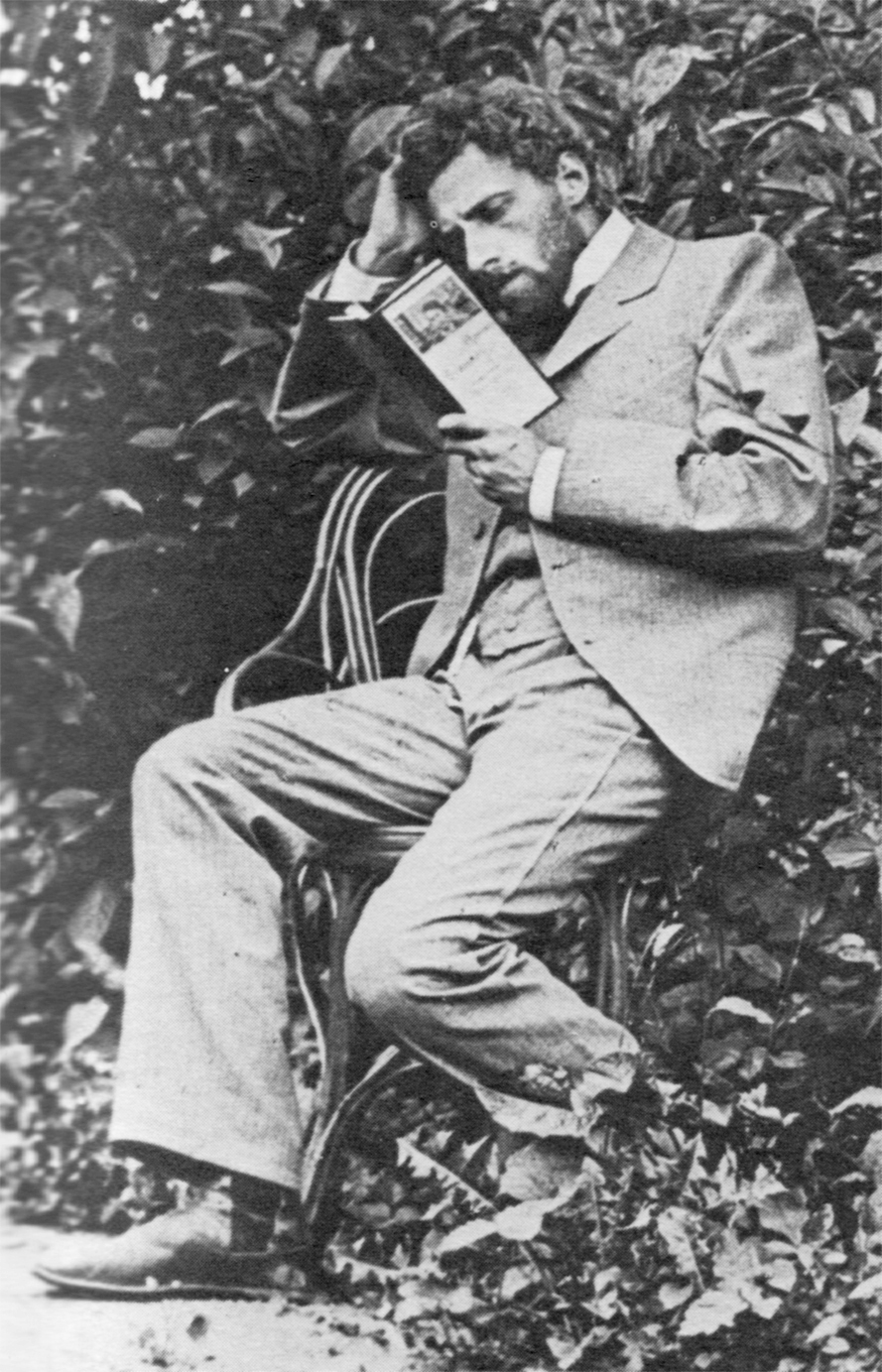
.jpg)
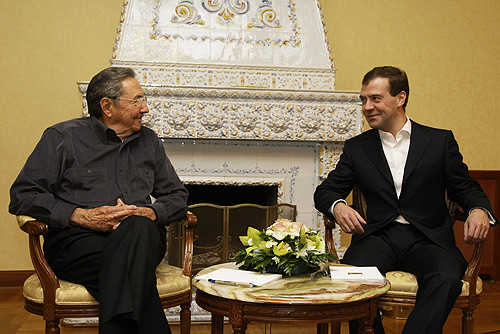
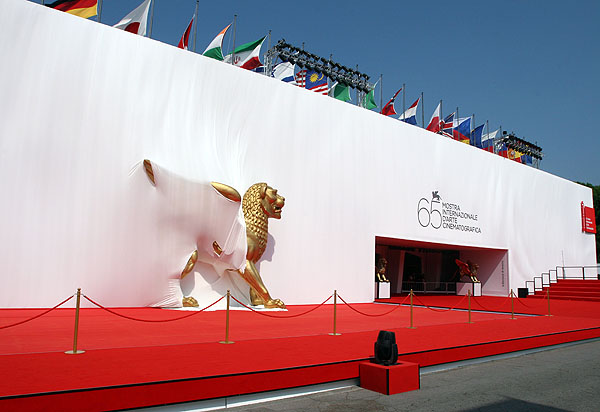

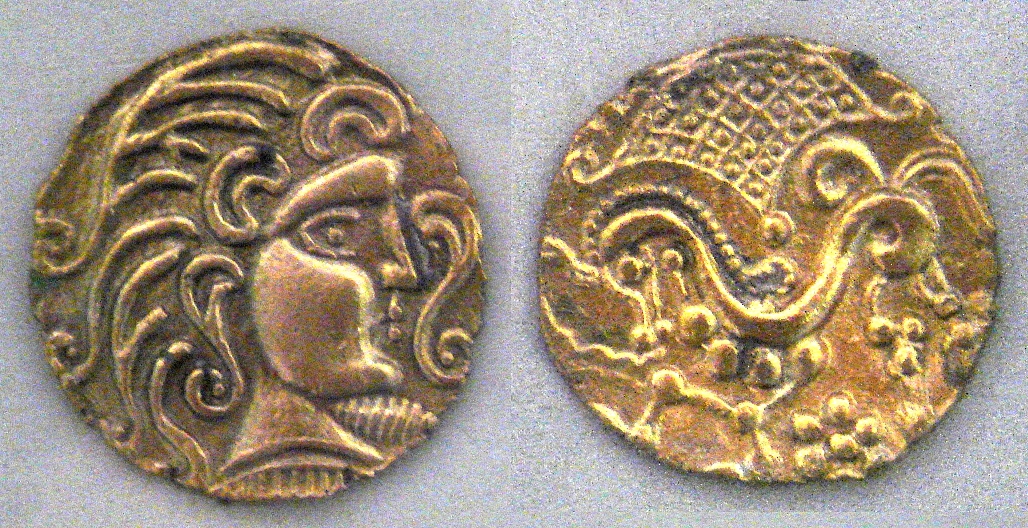
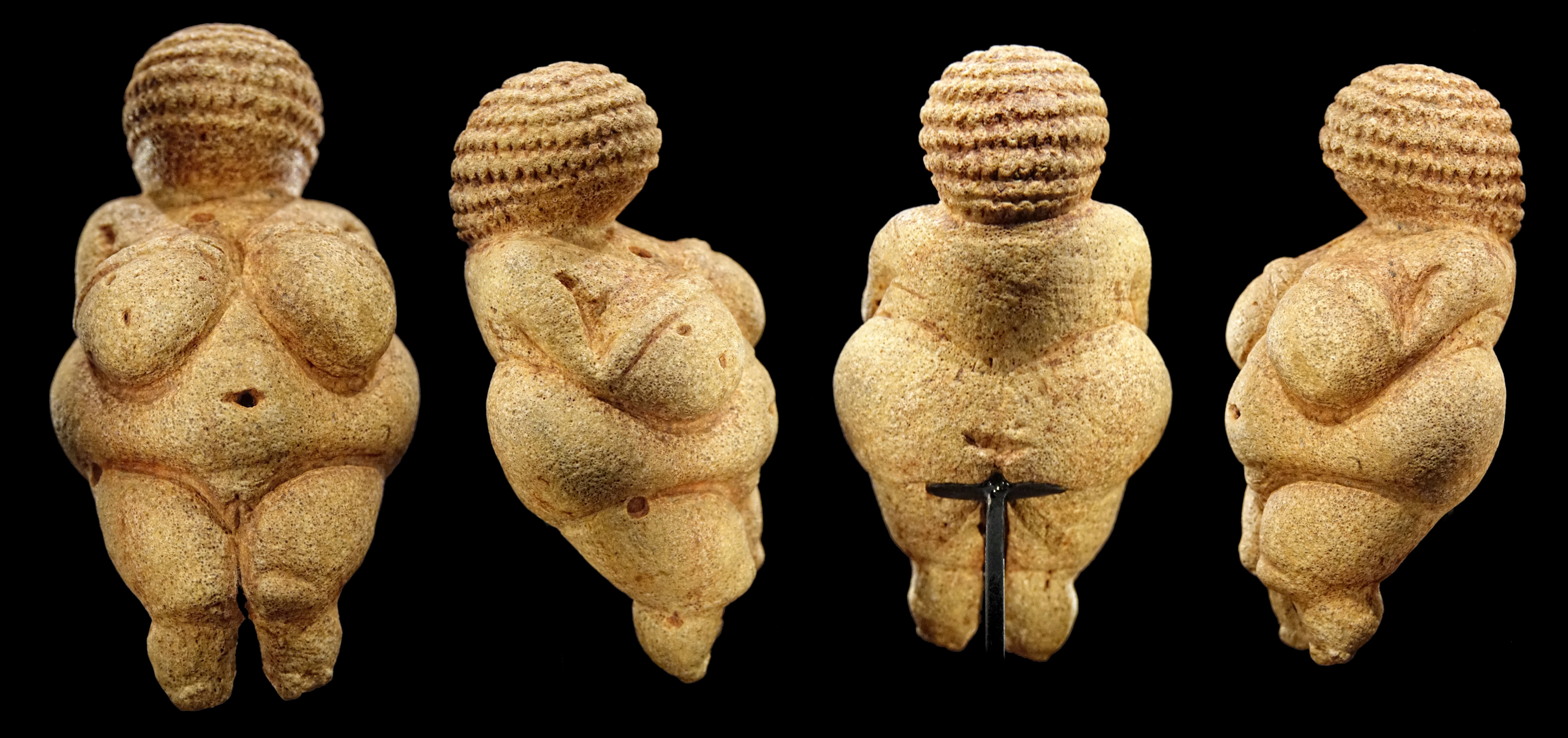
_(1830s%2C_GIM).jpg)